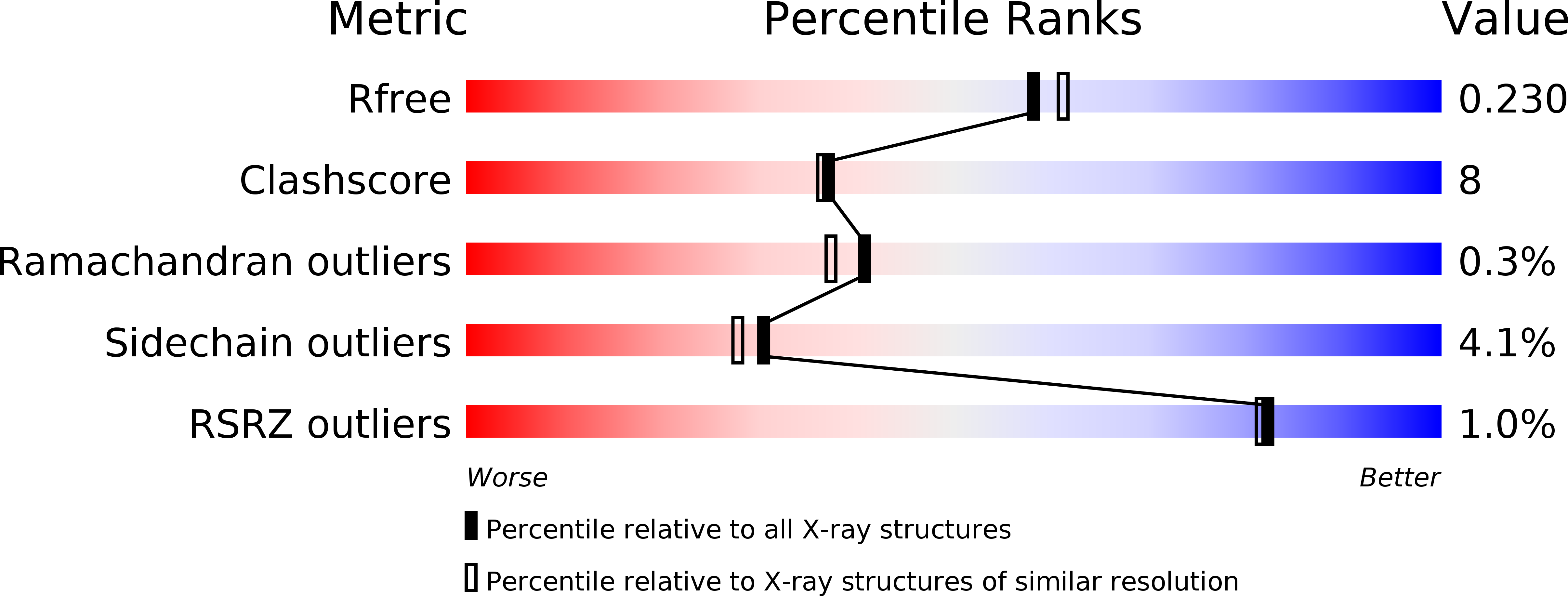
Deposition Date
2011-09-21
Release Date
2013-03-27
Last Version Date
2024-10-30
Entry Detail
PDB ID:
3TW0
Keywords:
Title:
Structural Analysis of Adhesive Tip pilin, GBS104 from Group B Streptococcus agalactiae
Biological Source:
Source Organism:
Streptococcus agalactiae serogroup V (Taxon ID: 216466)
Host Organism:
Method Details:
Experimental Method:
Resolution:
2.00 Å
R-Value Free:
0.23
R-Value Work:
0.19
R-Value Observed:
0.19
Space Group:
P 1


